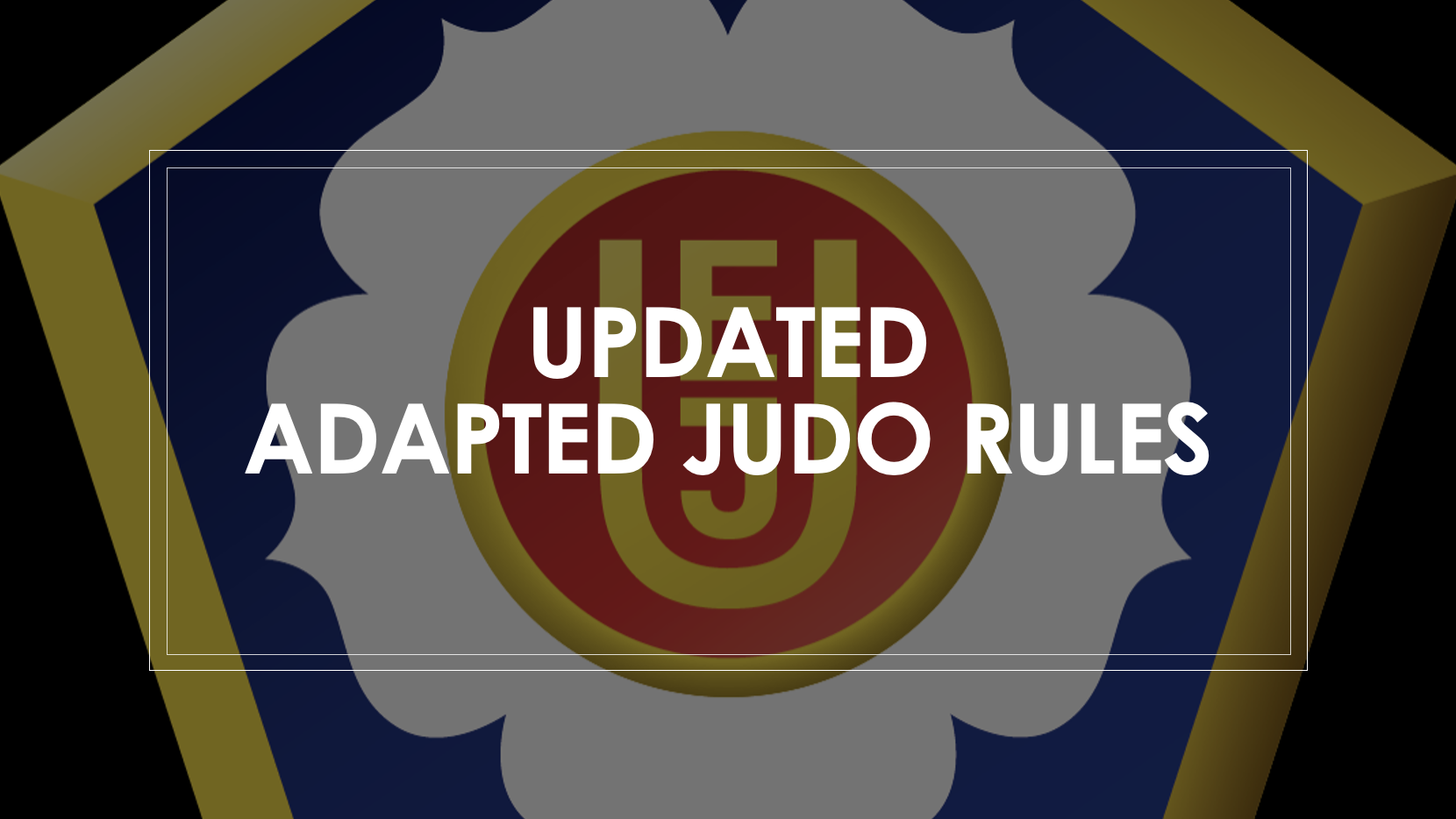The primary objective of the adapted judo workshop in Budapest in mid-January 2025 was to review the rules and make any necessary adjustments. Following extensive deliberations, the attendees reached conclusions on several aspects, resulting in the European Judo Union updating the rules to the current version.
The new adapted judo rules consist of three main parts:
- Adapted Judo Rules for EJU Tournaments
- Divisioning Guidelines for EJU Adapted Judo Tournaments
- EJU Adapted Judo Kata Rules
The Adapted Judo Rules for EJU Tournaments have not undergone major or significant changes compared to the previous version. The main updates in this section include:
- Age category adjustments: The age categories have changed from U16/O16 to U15/O15, with the following rule:
Athletes are divided into two age classes: under 15 (minimum age 9) and over 15. In U15 and in O15 (up to 21 years old), there should be no more than a three-year age difference within each pool. If the difference is larger, a move to another level may be possible, subject to consultation. - Terminology update: The starting positions for matches have been renamed from Tachi-waza and Ne-waza to Tachi-shisei and Ne-shisei.
- Prohibited actions: A new restriction has been added for all levels:
The IJF interpretation regarding the use of Tori or Uke’s head for the application or defense of a technique. - Rules on penalty for Levels 3, 4, and 5: A new rule has been introduced:
Shidos given in Levels 3, 4, and 5 contests are not counted toward the result. If there are no technical scores or if the scores are equal at the end of the contest time, the referee will declare the winner based on the criteria for Hantei.
The Divisioning Guidelines for EJU Adapted Judo Tournaments is a newly introduced section of the rules, as from 2025 onwards, no competitor, including VI judoka, will be allowed to participate in a tournament without completing the divisioning process. To facilitate divisioning, the use of back numbers is highly recommended. The process will be led by the EJU Head Divisioner to ensure standardisation across all tournaments.
Divisioning is a crucial part of every EJU Adapted Judo Tour and takes place one day before the competition. All competitors must attend; those who fail to do so will not be permitted to compete. The local organising committee is responsible for ensuring all participants complete the process.
Divisioning assesses athletes’ judo abilities to ensure fair and safe competition. The final step is a mat-based judo assessment, which determines each judoka’s level. Since judo abilities can vary between tournaments, athletes may be reassigned to different levels as needed.
The entire process is overseen by the official EJU Adapted Judo Expert (Head Divisioner), who ensures its proper and consistent implementation.
The EJU Adapted Judo Kata Rules have undergone the most significant changes. The number of categories has been reduced, and a positive scoring system has been introduced. Starting this year, judoka with disabilities will have the opportunity to participate in EJU Kata tournaments through demonstrations and, at the European Kata Championships, through regular competition. To accommodate this, two categories have been established:
- Category 1A: Both Tori and Uke are A-Judoka.
- Category 1B: Tori is an A-Judoka, and Uke is a mainstream judoka.
Final notes from EJU Adapted Judo Commissioner, Ms Marina Draskovic;
Besides the mentioned changes, a dedicated Adapted Judo section has been created as part of the EJU General Handbook, outlining the requirements and regulations for organising EJU Get Together Adapted Judo Tour events.
Finally, this year, the goal is to establish eligibility criteria for EJU Adapted Judo competitions. We have formed a specialised team within the EJU that is currently working on this. The eligibility criteria will cover judoka with physical impairments, intellectual impairments, autism spectrum disorders, visual impairments, and for judoka under 15 years old, hearing impairments as well.
FULL VERSION OF THE UPDATED ADAPTED JUDO RULES
Author: Szandra Szogedi




